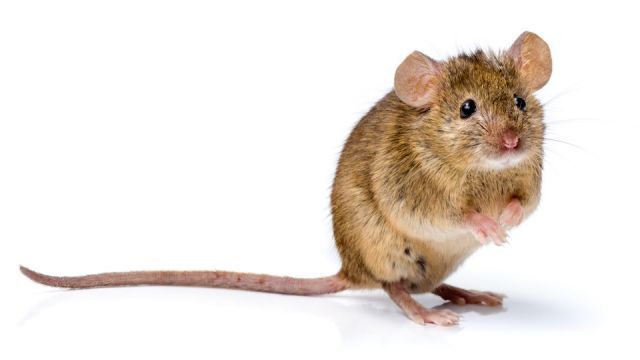
Taking a moment to stop and actually think about what you’re putting into your body may trigger your gag reflex as you discover some of the dark secrets behind your favorite foods. It is important to realize that you have no idea where your food is coming from, and unless you buy whole foods straight from a local farmer, you are likely to ingest something unsavory at some point. However, there are certain ways to protect yourself from the particularly gross things found in your everyday food, as well as food that it is probably best just to avoid.
Keep in mind that even if you are an obsessive label reader, food manufacturers have devised clever ways to circumvent having to list their additives outright. Consumers are often confronted with the nasty truths behind the foods they eat only after extensive research and careful examination.
Acceptable food defects
Obviously, with mass food production, it is impossible to keep certain defects out of food. But you may be disgusted to discover that the FDA (Food and Drug Administration) actually has an entire handbook dedicated to “levels of natural or unavoidable defects in foods that present no health hazards for humans.” Meaning that this list goes into detail about every spice, can, and boxed food in your pantry and the levels of rodent hair, insect parts, and mold that they can “safely” contain. That doesn’t mean that these levels are desirable or even palatable. You may be interested to browse this list, but it is probably best to do it on an empty stomach.
Insect parts
Though they tend to crack down on whole insects in food, the FDA is perfectly okay with allowing a significant number of insect parts to contaminate your spices, in particular. For instance, they allow ground cinnamon to contain an average of 400 insect fragments per 50 grams. To put that into perspective, the average cinnamon jar can hold about 42 grams. Though you are unlikely to find a fly leg in your cinnamon, if you did…it would be completely acceptable according to the FDA standards.
Insect heads
For whatever reason, the FDA finds it especially important to distinguish the category of insect heads. The handbook indicates that 13 insect heads are acceptable in every 100 grams of fig paste. Since this is the only defect allowed for fig paste, it is particularly noteworthy, as the question arises “where is the rest of the insect?”
Rodent poop
Mice seem to be able to find their way into any place they wish. Unfortunately, even our chocolate supplies are not protected from these nasty rodents. The FDA allows 10 mg of rodent poop in every pound of cocoa beans.
Mold
Thought the FDA considers mold an aesthetic defect, certain kinds can prove harmful when ingested in large amounts because they produce toxins known as mycotoxins that can cause severe illness. Bad news for peach lovers, the FDA permits 3% of the fruit used in canned or frozen peaches to be “wormy or moldy.”
Natural additives
It is not just food defects that may make you want to gag. Many “natural” additives or flavorings listed on packages aren’t exactly what you think. “Natural” means that it came from an animal or a plant, not a synthetic source. Unfortunately, not all parts of every animal or plant are appealing or desirable in your food.
Anal secretions of beavers
Castoreum is a thick substance secreted from the anal glands of beavers that is used to bring vanilla flavoring to some deserts. That “natural vanilla” product that you purchased off the shelf, could actually have come from a beavers anus. It is more common today, however, to find synthetic vanilla, which accounts for 94% of all vanilla flavoring.
Rennet
Yet another gag-inducing ingredient that is technically considered “natural” is something known as rennet. This ingredient was first taken directly from the mucous membrane of the fourth stomach of animals such as lambs, goats, and calves. It is used in dairy production to help separate milk into curds and whey. Though it is an essential part of the dairy manufacturing process, that doesn’t exactly lessen the yuck factor. Rennet is still used to this day, along with various other methods including bacterial fermentation, mold, and plants.
-The Alternative Daily

